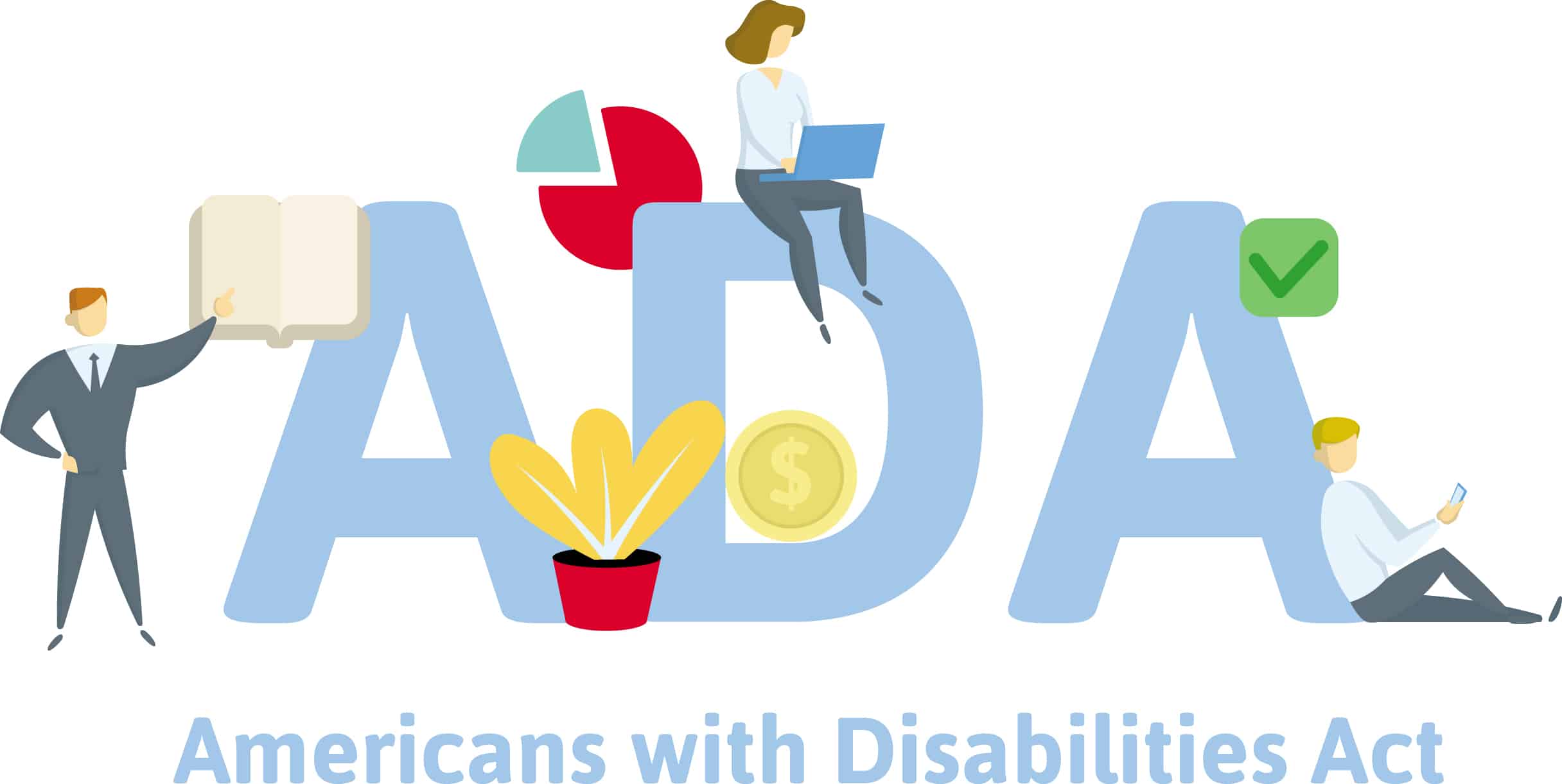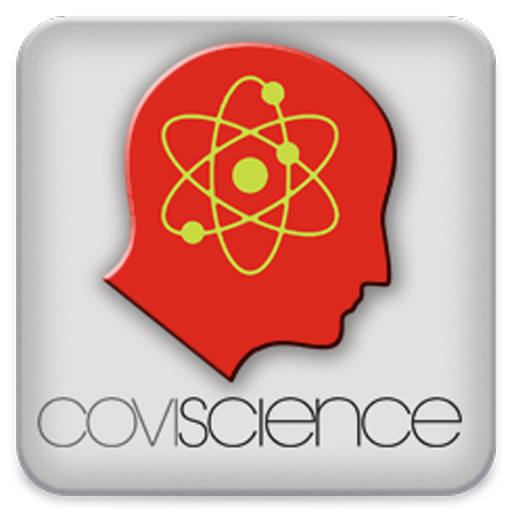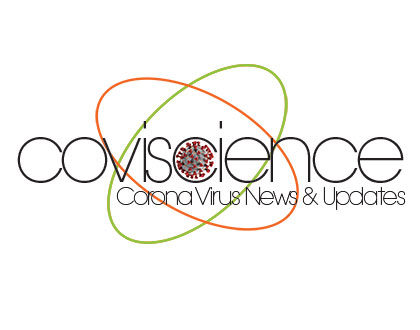The Cost of Non-Compliance. WCAG, ADA & 508 Are Legal Flashpoints.
When performing accessibility risk assessment, there are many costs you must include in your calculations in addition to plaintiff payouts

Karl Groves wrote an amazing article this week on the ROI on Accessibility. This is a topic near and dear to my heart and one I am considering for my PhD thesis since Accessibility ROI is largely only discussed in warm and fuzzy terms about how it will help organizations “achieve their values” and “accelerate their mission” not in hard and fast terms such as the benefits of doing it and the cost of NOT doing it.
I thought I would offer a more expanded look based on my 15 years of experience on the costs associated with defending a digital accessibility lawsuit or action from the Department of Justice.
Reputation / Brand Harm
While the remainder of the costs identified in this article have hard figure ranges attached to them, this one does not. No one knows the CLV (Customer Lifetime Value) costs of all the people with disabilities (including me) that have stopped eating at Domino’s as a result of them continuing to litigate an unwinnable case? Who knows the loss of ticket sales to NBA events? Or customers shifting their purchasing power from Winn-Dixie to Walmart
The cost of harm to an organization’s reputation and brand is perhaps the largest unquantifiable cost associated with getting sued for discrimination. What is indisputably true is this — the more you *rely* on your reputation, the more this cost will hurt should a digital accessibility lawsuit occur. ? 91 % of people with disabilities walk away from inaccessible experiences without complaining. Your organization may never know they were even there, waiting to be converted to customers, and inaccessibility drove them to your accessible competitor.
 Defendant’s legal costs
Defendant’s legal costs
Defendants legal costs in digital accessibility lawsuits come in two flavors:
Internal legal costs — the costs of time and paralegals on staff that are dealing with this lawsuit. Fully burdened hourly cost for a mid-level Silicon Valley in-house attorney is $175 an hour. And having to use your in-house attorney for this matter may drive you to send some of their issues to outside attorneys which will be substantially more expensive.
Outside counsel costs- most larger companies hire experienced litigators to defend them. Price ranges on these folks is typically $600 per hour and up.
This does not take into account the incredibly complex area of indemnification. Did your organization have contracts in place that stated that vendors would comply with the law or provide legally compliant services? And were they responsible for some or all of the inaccessible areas? You may have a claim to recoup some of your costs, but you will have to invest even more legal time and money pursuing an indemnification claim against them.
Plaintiff’s Legal Costs
If you settle or lose the case, likely you will have to (or agree to) pay for the plaintiff’s legal costs. FYI, the plaintiffs are winning at about a 98 % rate at the moment. And since the plaintiffs not only know, they *expect* to have their costs covered, they have exactly zero interest in making it cost-effective. Courts seem to be catching onto this though as there has been at least one sanction against and ADA plaintiffs’ attorney for bill inflation.
Expert Costs
You may need to hire expert witnesses, and that will be on your dime even if you win. If you lose or settle, plaintiffs will likely include their expert’s costs in their total legal costs which you will most assuredly be asked to reimburse. Expenses for this would start at about $16,000 for each side, and grow the longer it takes to resolve the case.
Mediation / Arbitration Costs
You may be required by your court to go through mediation / arbitration before a court date will be set. You may even decide voluntarily that alternative dispute resolution is a good idea, given that an early settlement will put a halt to the cost of going through litigation. Either way, alternative dispute resolution is not a cheap process. An one-day, all-day mediation I was recently involved with cost $4300 for the mediator and the room, not including the attorney costs for either side which would have been substantial since 5 attorneys were involved which would have been another 20K just for their time at the mediation (not including prep or travel).
Accessibility Opportunity Costs
Let’s say you have an incomplete but burgeoning accessibility effort going when you get sued. That effort is going to get “second class citizen” status while your internal accessibility subject matter expert(s) deal with the response, interrogatories, depositions, record assembly, and time spent educating the legal team. That might mean that your organization have to outsource training that your internal accessibility staff would have conducted (increased cost) or it might delay implementation of design reviews for accessibility (for example) because the staff who would have done that are too busy working on the lawsuit.
Engineering Opportunity Costs
Fixing tens or hundreds of defects that are a now an emergency because of litigation is not the same process or expense as planning to fix tens or hundreds (or more) defects.
- Either you will have to:
- Spend money bringing in accessibility experts to solve the problems, or;
- Lose engineering opportunities by moving current engineering FTEs over to accessibility remediation
While the first bullet point (spending the money to bring in outside coders) seems like the easiest way of solving this issue — it is only a temporary fix unless you plan on doing this for every release. That approach is the textbook definition of “reactive accessibility”. Proactive accessibility, that is training your internal staff to think about accessibility from the idea stage through implementation, is always better faster and cheaper than reactive accessibility.
Post-Settlement Mandated Costs
There are several types of costs that may be mandated in settlement agreements. Just to name a few, these can include requiring the defendants to:
- obtain independent audits certifying that their release is accessible before it is generally made available to the public
- acquire and run particular accessibility tools
- hire people into specific roles
- conduct very specific training (sometimes using plaintiff’s hand-picked consultants)
Lawsuits are public and messy. When you are seeking vendor quotes for tools or consulting related to a lawsuit, the vendor is put in the driver’s seat for negotiating cost. The vendor KNOWS your organization is being required to do this even if the exact terms of the settlement are confidential. They aren’t motivated to provide discounts.
Tag along lawsuits
Thanks to the decision in Haynes v Hooters, unless the case pending against your organization is a class action lawsuit (a few are, many are not) other individuals may sue while your organization is sorting out reaching or implementing an agreement in the first lawsuit. In the case of Hooters, the defendant was actively implementing the agreed-to settlement from the first lawsuit, when the second lawsuit was filed. The court said the prior settlement didn’t matter, and allowed the second case to proceed. This case may not be necessarily binding in your jurisdiction, but it is definitely persuasive. The result of Hooters is that ALL of the issues and costs identified above get multiplied by close to 2 (or even more) — there will be some economies of scale, but not on all the items.
Physical access complaints can lead to orders to remediate websites
There has been more than one case where a complaint to the DOJ regarding physical access has led to an order to remediate the website as well. Even when the physical access complaint is not substantiated ! I have seen this happen at least twice, and I am sure there are more cases out there than this. Here is how this happens:
Disabled customer complains about physical access (in one case it was about parking spaces, in the other, how chairs were organized in a waiting room blocked wheelchair access).
- DOJ opens an investigation
- The investigation, once opened, can investigate *ANYTHING*
- DOJ finds in its investigation that the defendant’s website is not accessible
- DOJ orders defendant to fix many things, which includes inaccessible website.
Conclusion
You may hear about $25,000 settlement agreements and think “so what, 25K is way less than it is going to cost me to fix all my inaccessible digital properties”. And the cost of repainting a parking space is substantially less than a 25K digital inaccessibility settlement agreement. But most 25K settlements and physical access remediation at large organizations come with a $1,000,000 price tag in all the other issues identified above totaled up.
Now think about the fact that ANY NUMBER of potential plaintiffs could be filing those lawsuits against you. And then do your risk analysis again, and make the correct decision.

The CoviScience Team is a group of professionals dedicated to helping our Pandemic torn nation get back to normal. We all recognize that helping each other to find, analyze and select home, office and educational solutions can be the difference between thriving and merely surviving. We encourage every0ne to participate in our online community by contributing, sharing and commenting. Stay Safe. Stay Healthy and Stay Happy. ~ The CoviScience Team.
Recommended Posts

COVID-19 Resources for Job Seekers
December 8, 2020

REVISED EMPLOYEE COVID-19 SAFTEY PROTOCOLS
October 7, 2020

Checklist to Prepare Physician Offices for COVID-19
September 11, 2020




